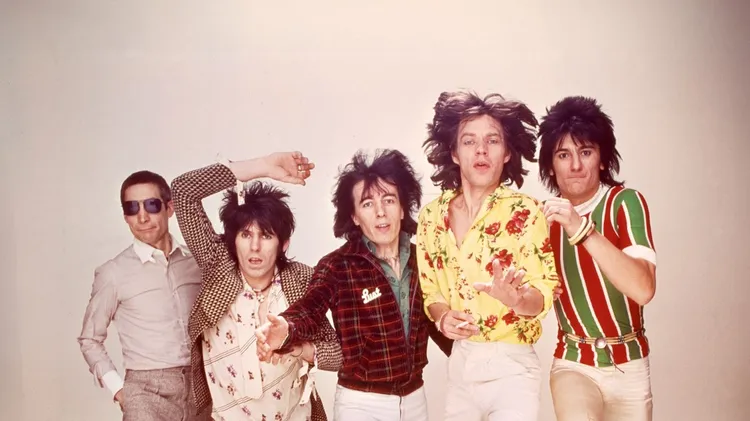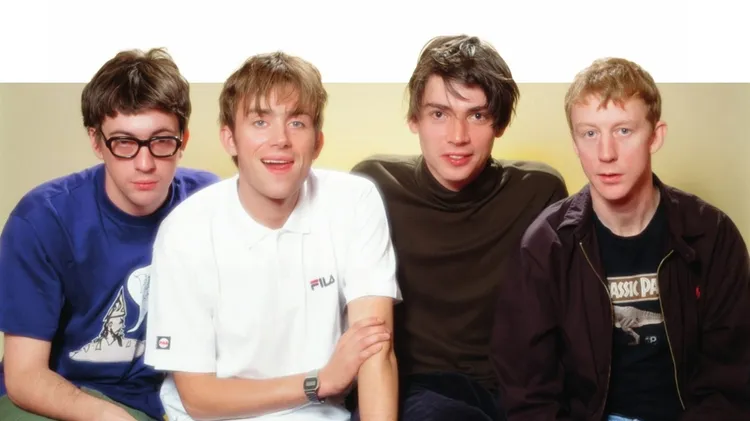HE’S THE MAN WHO DEFINED THE SOUND OF T
“two tribes was like driving a car off a cliff!”
19 min read
This article is from...
Read this article and 8000+ more magazines and newspapers on Readly






